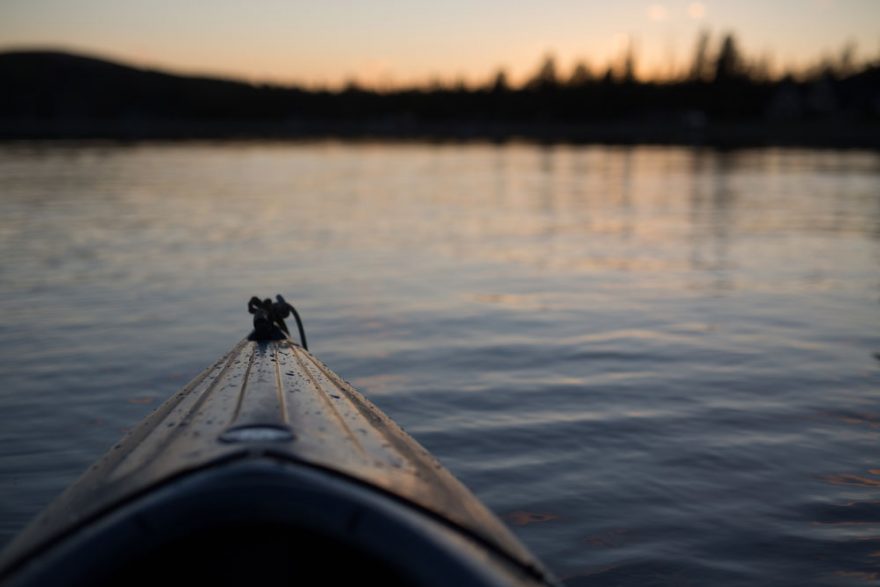
As winter sets in, it’s time to put your summer sporting equipment away until next season. You’ve returned from your last canoe trip of the year, and now you need to put it into storage.
It might seem easy just to put your canoe in your garage or shed and forget about it until you plan your next trip, but this could damage it. There are specific steps that you need to take when storing your canoe over winter, which will ensure that it remains in good condition ready for the spring.
Follow these simple steps to preserve your canoe over the colder months.
Cleaning and Repair
Before you put your canoe into storage, you should give it a thorough cleaning and carry out any necessary repairs. This way, when you come to take it out on the water again in the spring, there will be no damage, and you can head straight out on your next trip.
Just before you put your canoe into storage is the perfect time to carry out any necessary maintenance and clean off dirt and grime from previous use. Be sure to rinse the outside of your canoe before it goes into storage, particularly if you take it out in saltwater on a regular basis.
Minor wear and tear are inevitable if you use your canoe regularly; any scrapes or scratches can be repaired using a specialist spray paint that is designed to bond to plastic. Many people recommend using a Krylon Fusion paint, which will create a smooth finish and help to seal up any scratches before it goes back into the water.
Protection Against the Weather
Experts recommend that you store your canoe indoors, as keeping it outside for a prolonged amount of time can risk it becoming damaged by the weather, even if you cover it properly. Storing it indoors will help to protect it; however, you still need to take adequate precautions to try to protect it from sun damage or other aspects that may affect it.
If you have a plastic, fiberglass or vinyl one, you can coat it with a specialist spray before putting the canoe into storage and again at the beginning the new season. Doing so will provide an extra layer of protection against UV rays, sunlight and oxidation, all caused by the exposure to different weather conditions and sun.
You should always cover your canoe, whether you are storing it indoors or outside. It is good practice to protect the entire canoe with weather resistant tarp, suspending the cover from above the hull. If a cover comes into direct contact with the hull or the rest of your canoe for a prolonged period of time, this could cause the growth of mold, mildew or other types of fungus.
Often basic tarps can become damaged by the wind or rain, especially if you are keeping your canoe outdoors. Invest in a tarp that is specifically designed to withstand the elements and protect canoes, boats, and kayaks.
A popular type of cover is the Danuu tarp, which you can find in most outdoor sporting stores. Your canoe needs to be covered by a tarp for protection, as the cold weather can cause damage and is likely to cause plastic versions to become brittle and crack.
Guidelines to Store Your Canoe
A canoe should be stored upside down or on its side, as this prevents rain and dirt from getting inside, as well as spreading the weight evenly and providing extra support. However, you should avoid storing your canoe in either of these positions if you are planning on keeping it directly on the ground. The reason for this is that it will put too much pressure on the gunwales.
It is best not to store your canoe on the ground at all, but to suspend it on a rack from the ceiling, or alternatively, rest it on blocks or a sawhorse and webbing. Never try to support your canoe from just the ends or attempt to stand it up on one end, as this causes damage to the structure of the canoe.
When suspending your canoe from a rack, do not hang it by the carrying handles or from the front or rear deck. Ensure that the straps used to hang up your canoe are placed all the way around the hull, as well as the bow, stern, and the center. Doing so will help to distribute the weight around the gunwales, protecting the body from becoming damaged. The straps used should be wide and padded for extra support, as well as preferably shaped to the curve of the hull.
Additional tips:
- Avoid storing your canoe anywhere near any sources of heat or water, which will cause damage.
- When you place it in storage, you need to remove any hatch or neoprene covers, as all hatches should be left open to the air.
- If your canoe has a wooden trim, you should also loosen any screw in the gunwales to avoid the wood from becoming cracked over the winter months.
- Consider purchasing specialist storage equipment designed for the type of canoe that you own and its structure.
 Your Privacy Choices
Your Privacy Choices
 The
The